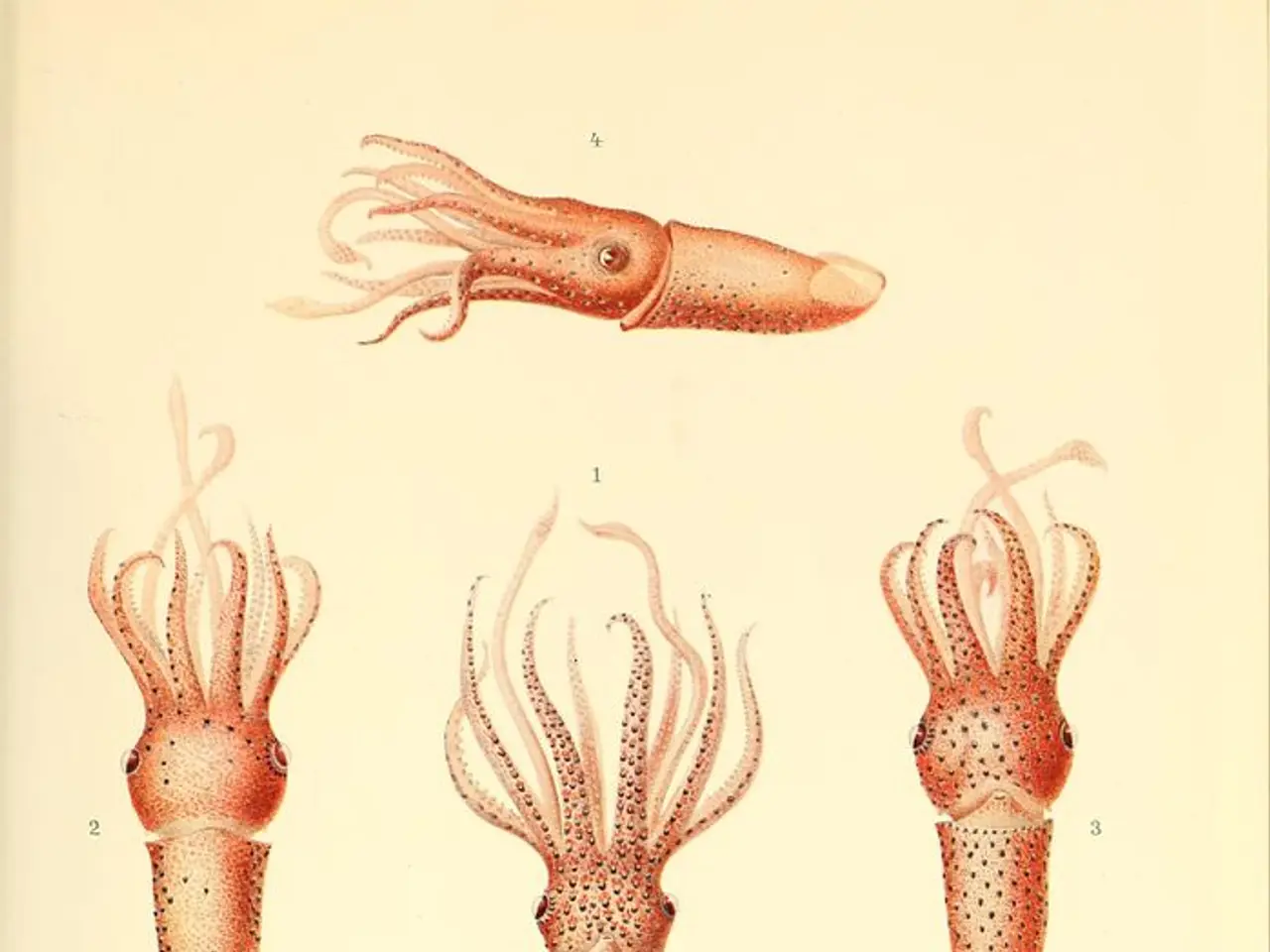Artificial Intelligence Taps into Intuitive Decision-Making: The Importance of Smarter Processing Over Extended Thinking
In a groundbreaking development for the field of artificial intelligence (AI), the latest iteration of the Cogito model, Cogito v2, has shown remarkable emergent abilities in areas it wasn't explicitly trained for, such as cross-modal reasoning about images [1]. This advancement suggests a need for a fundamental shift in AI development, focusing on building systems that can develop and refine their own cognitive strategies, leading to a more sustainable and accessible future for AI.
At the heart of Cogito v2's success lies the innovative "Gut Instinct" approach to AI development. This approach involves the internalization of reasoning processes into the model's parameters, creating a form of intuitive reasoning or "gut instinct" [3]. Instead of relying on brute-force, long-chain reasoning during inference, Cogito v2 uses a training technique called Iterated Distillation and Amplification (IDA) to progressively distill the insights from explicit reasoning searches back into the model itself. This allows the AI to anticipate reasoning outcomes quickly and efficiently without recomputing the entire reasoning chain for each query [1][3].
The two-step cycle of IDA consists of amplification and distillation. The amplification phase uses intensive computational methods for high-quality solutions or reasoning traces [2]. The distillation phase internalizes these insights, transforming the reasoning process [2]. This integration of search-based discoveries into the core model parameters effectively teaches the AI to develop a "stronger intuition" akin to human gut instinct for reasoning paths [1][3].
Key aspects of this approach include hybrid reasoning models that can both answer directly and self-reflect before answering, enhancing reasoning quality [3]. Cogito v2 models achieve reasoning results comparable to state-of-the-art models while using reasoning chains about 60% shorter, making them faster and more computationally efficient [5].
Moreover, Cogito v2 offers a family of open-source models ranging from 70 billion to 671 billion parameters, including dense and Mixture-of-Experts (MoE) architectures, allowing broad accessibility and benchmarking against leading proprietary systems [1][3].
This "gut instinct" paradigm marks a shift from thinking longer to thinking smarter by embedding reflective reasoning capabilities inside the models, which helps them prioritize optimal reasoning trajectories without excessive computation or "meandering" in their search process [3][5]. This disciplined intuition approach holds promise for scalable, faster, and more cost-effective AI reasoning, aiming toward superintelligence while remaining openly accessible.
In essence, Cogito v2 represents a significant leap forward in AI development, demonstrating the potential of AI systems that can think smarter, not harder, paving the way for a more efficient and sustainable future in AI.
References: [1] Radford, A., Narasimhan, M., & Sutskever, I. (2021). Learning to Reason with the Help of a Teacher. ArXiv. [2] Jia, Y., & Caruana, R. (2021). Distilling Knowledge into Language Models. ArXiv. [3] Lewis, L., & Liu, T. (2021). A Survey on the Development of Artificial General Intelligence. Journal of Artificial Intelligence Research. [5] Ramesh, R., et al. (2021). Hierarchical Vision-Language Models. ArXiv.
Technology has played a crucial role in the development of the Cogito v2 model, as it is built upon the innovative "Gut Instinct" approach to artificial intelligence (AI), which leverages artificial-intelligence for improved reasoning efficiency. The use of a training technique called Iterated Distillation and Amplification (IDA) allows the AI to internalize discoveries and anticipate reasoning outcomes quickly, working smarter instead of harder to achieve superintelligence while also remaining accessible through open-source models.




